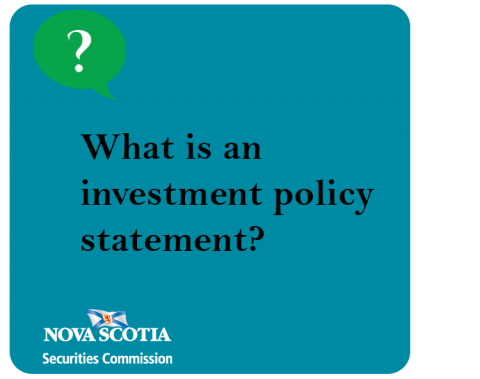Submitted by nsscadmin on

An Investment Policy Statement (IPS) is a signed agreement between a portfolio manager and their client that outlines general rules for the manager to follow. For many investors it is an addition to the suitability requirements that are outlined in KYC and KYP. An IPS provides specific instructions on investing for the client that can avert emotional decision making when the markets go up and down.
The IPS has two main objectives – to outline general investment goals, and to outline strategies the managers should and maybe should not employ to meet these goals. Some specific items outlined in the IPS that fall under these objectives include asset allocation, risk tolerance and liquidity requirements.
Like investing itself there is no one-fits-all IPS for everyone. As we’ve said previously, all investors are different and in return the way they invest differs too. The same applies to creating an IPS. Everyone will approach their investing future and there are certain aspects an IPS should address. However, how they’re addressed may differ. These aspects can include:
Investment objectives/goals:
Why are you investing? This can outline your goals, such as retirement, education funding, home purchase, etc, as well as your investment time horizon, and possibly your targeted returns. Risk tolerance should also be included. The IPS is usually created to ensure that the investment objectives align with your risk tolerance. For example, if your risk tolerance is low, your investment objectives should not include high risk securities.
Portfolio Allocation:
This does not mean a detailed portfolio. It can define a range of your portfolio to be invested in certain areas which is designed to address market volatility. You can also outline any investment restrictions, such as social responsibility if you don’t want to invest in certain industries or companies.
Responsibilities:
Here you would outline your expectations for the relationship between yourself and the portfolio manager. What is the client responsible for and what is the manager responsible for? Does the client want to be hands on at all? How much communication do they want from the manager? Not only does this set expectations it also provides an understanding between the client and manager.
